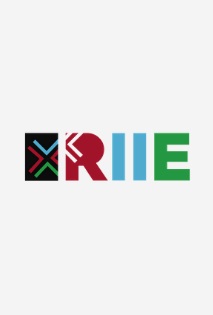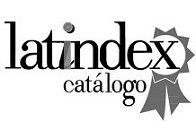Ser profesor de secundaria en un contexto indígena. Narrativa docente
DOI:
https://doi.org/10.30972/riie.8103653Palabras clave:
narrativa y educación, educación indígena, experiencia docente, docencia y narrativaResumen
El presente artículo es producto del trabajo conjunto entre directora y estudiante de maestría orientado a la concreción de la tesis de posgrado. Tiene como propósito mostrar cómo a través de la narrativa, el proceso de reflexión-autoreflexión docente sobre la propia práctica, dimensiona la propia percepción del trabajo al situar la experiencia en un contexto específico y la importancia que tiene poder regresar a la experiencia vivida y recrearla sistemáticamente, proponiendo una manera de interpretar pero también mostrando una forma de ser docente y lo que está en juego cuando se trabaja frente a grupo, los aciertos y errores de los que se aprende día a día. Como ejercicio metacognitivo, se discute en este texto, el proceso de reflexión-narración elaborado por un docente de nivel básico secundaria, ubicado en una zona indígena, para quien la docencia en física no estaba considerada como opción laboral; sin embargo, los sucesos lo fueron llevando ante la disyuntiva de ser profesor de secundaria en dicha asignatura para la cual no estaba preparado; sin embargo, se ha ido forjando en la docencia en el medio indígena. Para construir la narrativa, se emplearon diarios construidos por los alumnos, portafolios de evidencias, videos, fotografías y el diario del docente; se realizó un ejercicio en retrospectiva del camino recorrido, se repensó la propia práctica con una visión diferente, buscando conocer-se para mejorar su práctica y generar una mayor incidencia en el aprendizaje de la física de sus estudiantes.
Descargas
Descargas
Publicado
Cómo citar
Número
Sección
Licencia
Aquellos autores/as que tengan publicaciones con esta revista, aceptan los términos siguientes:
- Los autores/as conservarán sus derechos de autor y garantizarán a la revista el derecho de primera publicación de su obra, el cuál estará simultáneamente sujeto a la Licencia de reconocimiento de Creative Commons que permite a terceros compartir la obra siempre que se indique su autor y su primera publicación esta revista.
- Los autores/as podrán adoptar otros acuerdos de licencia no exclusiva de distribución de la versión de la obra publicada (p. ej.: depositarla en un archivo telemático institucional o publicarla en un volumen monográfico) siempre que se indique la publicación inicial en esta revista.
- Se permite y recomienda a los autores/as difundir su obra a través de Internet (p. ej.: en archivos telemáticos institucionales o en su página web) antes y durante el proceso de envío, lo cual puede producir intercambios interesantes y aumentar las citas de la obra publicada. (Véase El efecto del acceso abierto).






.jpg)


